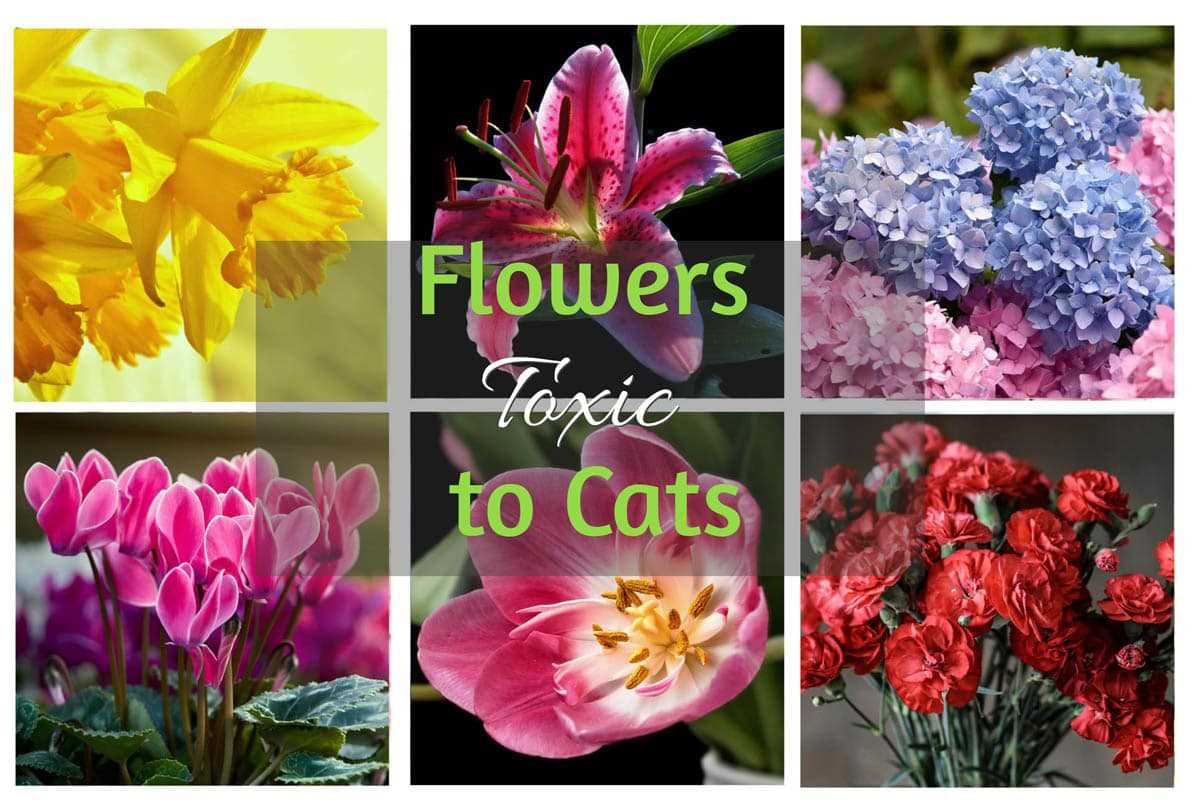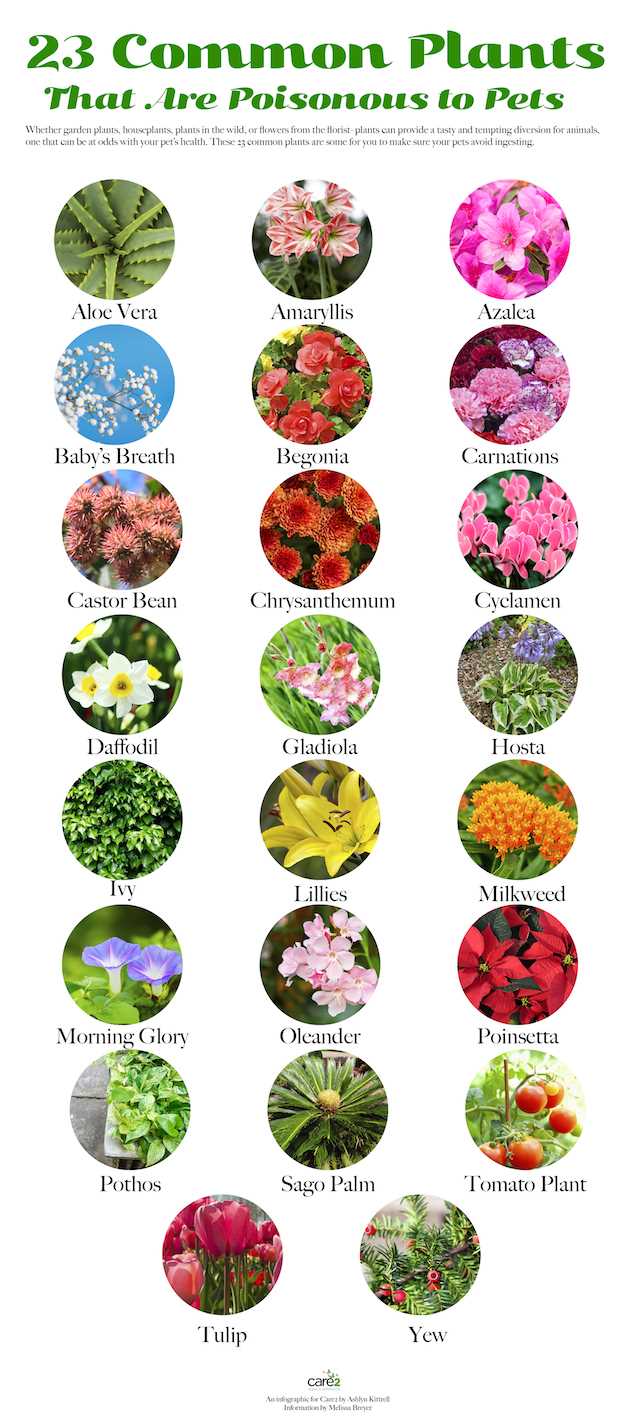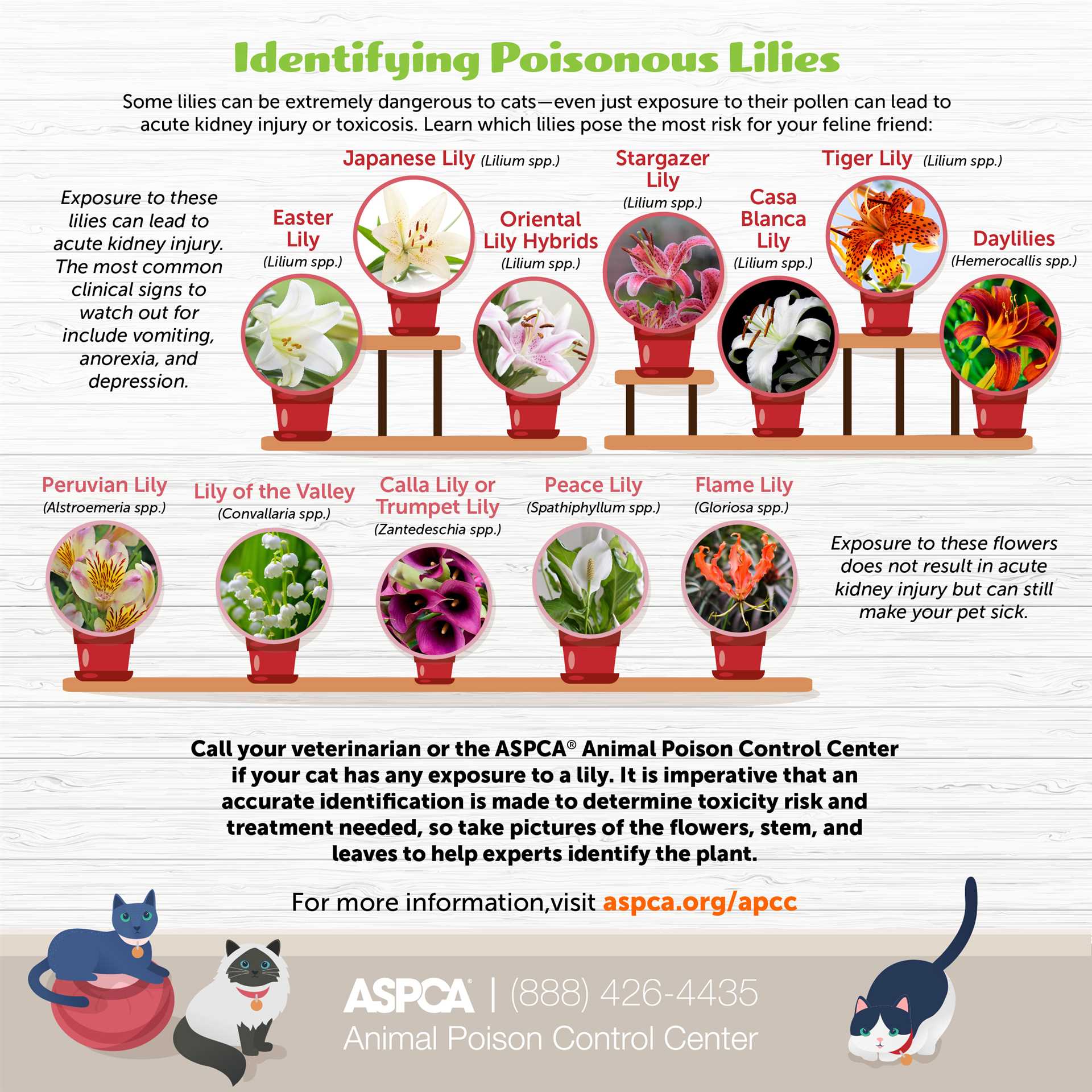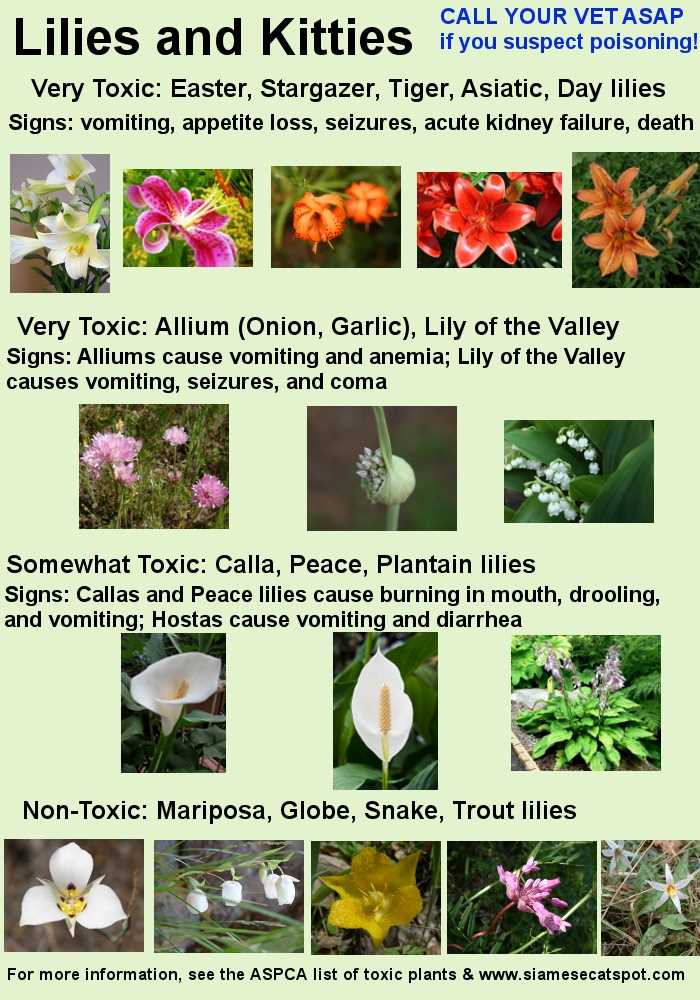



As an 8-year-old Scottish Fold, I’ve seen my fair share of flowers in my cozy home. While many of them are beautiful, several can pose serious threats to our furry friends. It’s crucial for every cat owner to recognize which plants can cause harm.
One of the most hazardous blooms is the lily. Just a small nibble can lead to severe kidney issues. Another culprit is the azalea, which can cause vomiting and lethargy. The oleander, often admired for its vibrant colors, contains compounds that can disrupt the heart.
Additionally, the daffodil, a common spring flower, contains toxins that can lead to gastrointestinal distress. Lastly, the sago palm, while not a flower, is worth mentioning as its seeds are especially harmful, causing liver failure in some cases. Keeping these plants out of reach can protect our health and happiness.
Common Plants That Can Harm Your Feline Friends
If you want to keep your furry companion safe, avoid having the following plants in your home or garden:
- Lilies: Even small amounts can cause severe kidney issues.
- Azaleas: Ingestion may lead to vomiting, diarrhea, and lethargy.
- Rhododendrons: Similar to azaleas, they can cause gastrointestinal distress.
- Oleander: Highly poisonous; affects the heart and can be fatal.
- Foxglove: Contains compounds that disrupt heart function.
- Marijuana: Can lead to various health problems, including lethargy and vomiting.
- Hydrangeas: May cause gastrointestinal upset if consumed.
- Yews: All parts are harmful; can lead to sudden death.
- Autumn Crocus: Causes severe gastrointestinal and respiratory issues.
Always check the safety of any plant before bringing it into your space. Keeping a cat-friendly environment is essential for their well-being.
Symptoms of Flower Poisoning in Cats

If you notice any of the following signs, it’s crucial to act quickly. Common reactions include vomiting, diarrhea, and excessive drooling. These can indicate that something isn’t right.
Another warning sign is lethargy; if I seem unusually tired or disinterested in my favorite activities, it’s time to investigate. Additionally, check for changes in appetite. Refusal to eat or drink may suggest discomfort or distress.
Watch for behavioral changes. If I become more withdrawn or agitated than usual, it could be a symptom of poisoning. Keep an eye on my breathing; rapid or labored breaths are serious indicators that something is wrong.
Seizures or tremors are critical signs and require immediate veterinary attention. Also, observe for any unusual odor on my breath or increased thirst, as these can point to potential health issues.
If you suspect ingestion of harmful plants, don’t hesitate to contact a veterinarian. Quick action can make a significant difference in recovery. Always better to be safe than sorry!
How to identify harmful vs. safe blooms
Check the plant’s name before bringing it home. Use reliable sources like the ASPCA website to confirm if a specimen is safe for felines. A quick search can save lives!
Visual characteristics

Some dangerous varieties display distinct features. For instance, lilies often have trumpet-like shapes, while azaleas have vibrant clusters of small flowers. If a plant looks unusual or unfamiliar, research it.
Situational awareness
Consider where you find these plants. Outdoor gardens may host species that pose risks, while many store-bought varieties are typically safe. Always double-check before introducing anything new to your environment. Also, keep in mind that some common household items can be harmful. For example, if you’re wondering does an electric fence hurt a dog, ensure your surroundings are safe for all pets.
Safe alternatives for cat owners

If you’re looking for safe blooms, consider incorporating these options into your home. Spider plants, for instance, are not only safe but also purify the air. They thrive in indirect sunlight and require minimal care.
Herbs

Herbs like basil, parsley, and rosemary are excellent choices. They add flavor to your dishes and can be a fun, interactive experience for me. Just ensure they are grown in a non-toxic environment, free from pesticides.
Succulents
Succulents such as Haworthia and Echeveria are also feline-friendly. They come in various shapes and colors, adding a dash of charm to your space while being completely safe for curious paws.
Choosing safe plants not only enhances your surroundings but also keeps me happy and healthy. Always verify a plant’s safety before bringing it home!
Steps to take if your feline ingests a harmful plant
If you suspect that your furry companion has ingested a harmful plant, act quickly. First, try to determine what they consumed. If you can take a photo of the plant or bring a sample, it can help the vet identify the issue.
Next, contact your veterinarian or an emergency animal clinic immediately. Provide them with details about the plant and any symptoms your pet is showing. Don’t wait for symptoms to appear, as some reactions can be severe.
If your vet advises you to induce vomiting, follow their instructions carefully. You may need to give your pet hydrogen peroxide; however, this should only be done under veterinary guidance. Never attempt to induce vomiting without professional advice, as this can do more harm than good.
Monitor your companion closely for any changes. Symptoms may include vomiting, diarrhea, lethargy, or changes in behavior. Keep a record of these signs, as it can be helpful for the vet.
Ensure your home is safe by removing any potential hazards. Keep harmful plants out of reach or consider replacing them with non-harmful options. For example, check out this best freeze dried food for cats for safe treats.
| Action | Description |
|---|---|
| Identify | Determine the plant ingested to inform the vet. |
| Contact Vet | Reach out to a veterinarian for guidance. |
| Induce Vomiting | Only if advised by a vet. Follow instructions closely. |
| Monitor | Keep an eye on symptoms and behavior changes. |
| Remove Hazards | Eliminate harmful plants from the home environment. |







